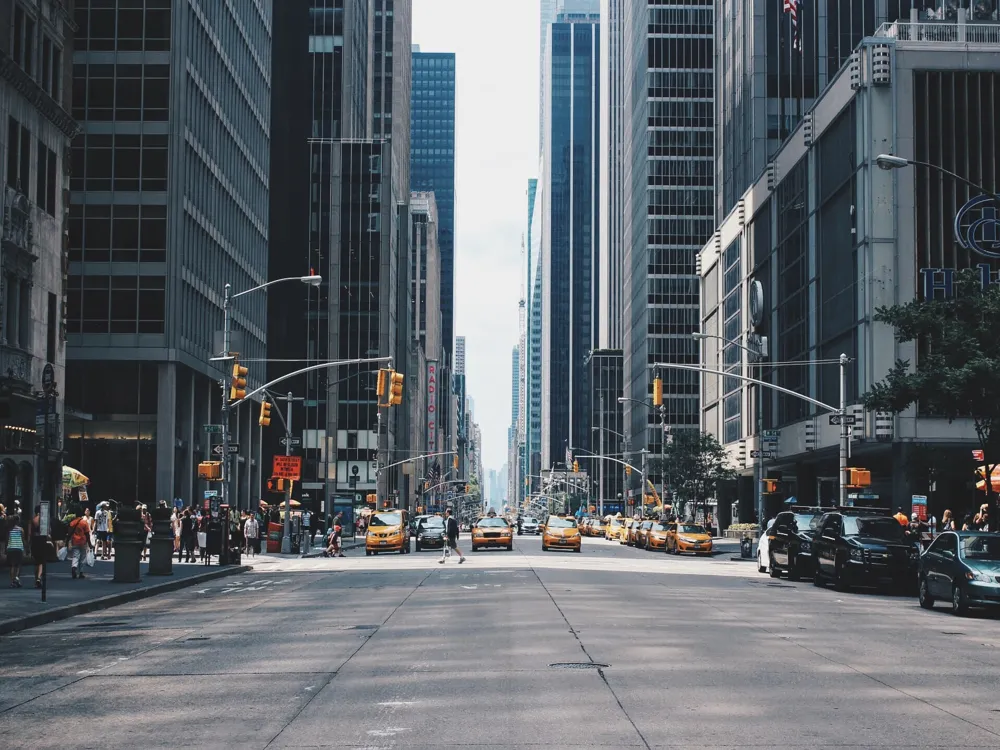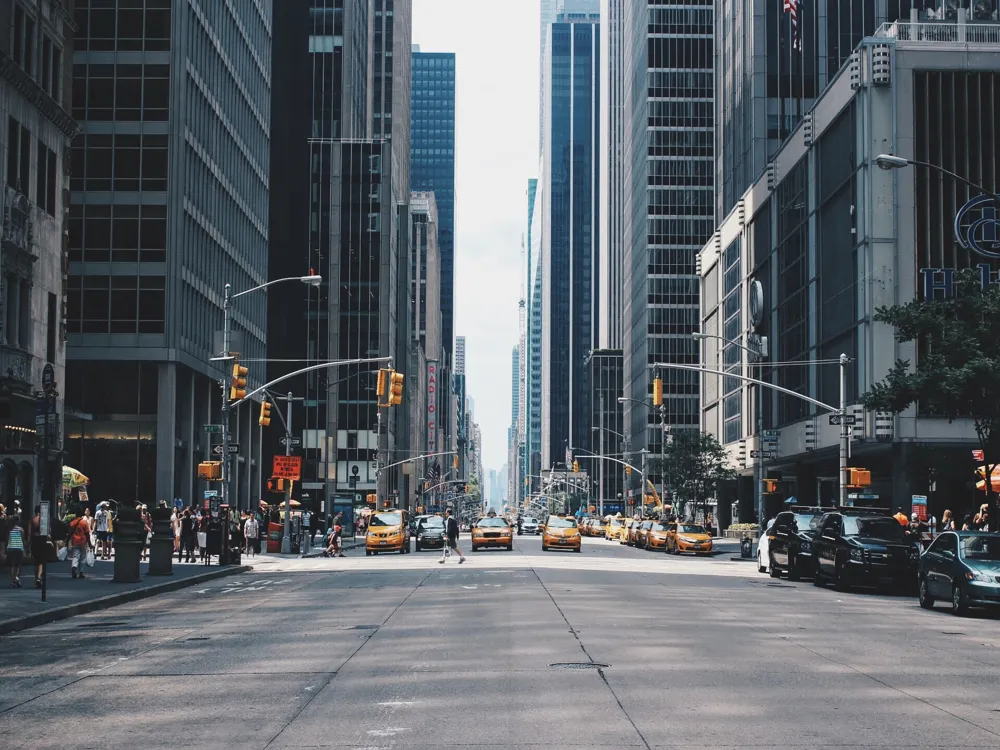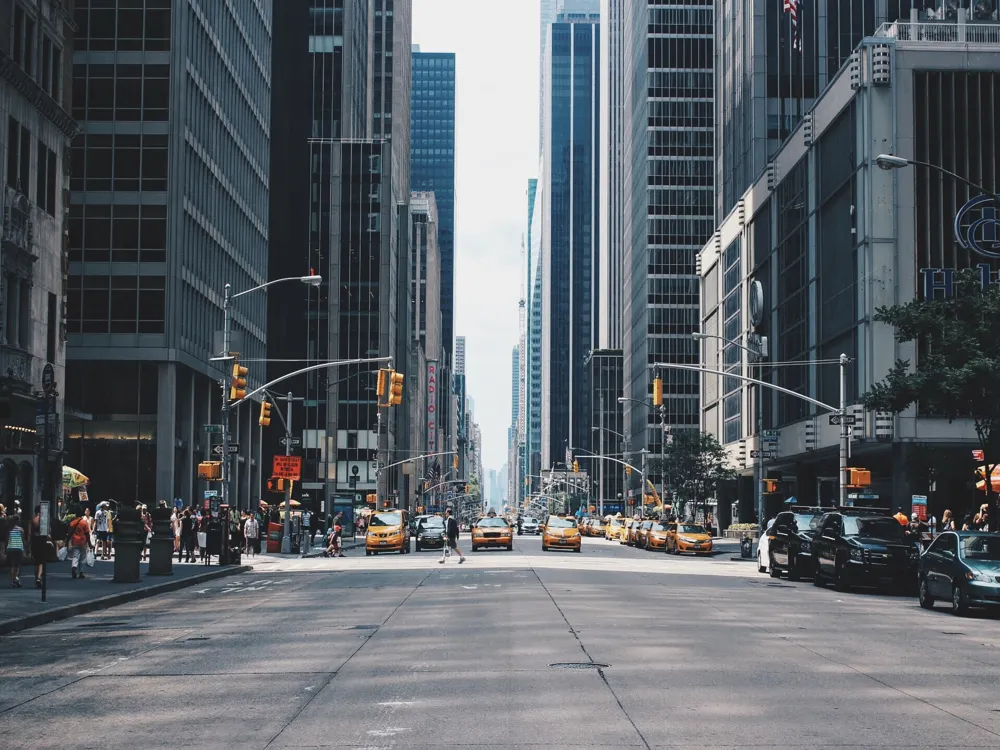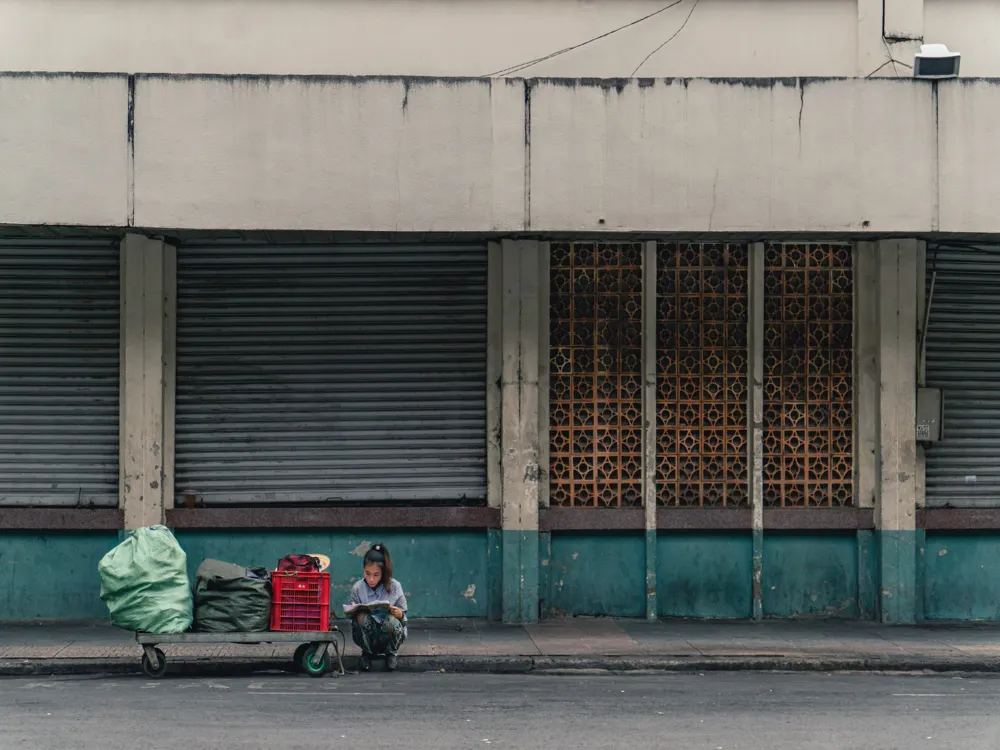Nestled in the bustling heart of Ho Chi Minh City, Ong Bon Pagoda stands as a beacon of tranquility and historical richness. This sacred site, also known as Mr. Bon's Temple, is not just a religious landmark but a cultural gem that captures the essence of Vietnam's spiritual and architectural heritage. The pagoda, dedicated to Ong Bon, the god of wealth and virtue, has been a place of worship and a community hub for centuries. Its significance goes beyond religion, as it embodies the fusion of historical epochs and cultural exchanges that have shaped Ho Chi Minh City. The history of Ong Bon Pagoda is as fascinating as its architecture. Originally built in the late 19th century, it has undergone several renovations, each adding a layer of history and art to its structure. It's a place where myths and legends intertwine with the real stories of people who have visited and worshipped here over the years. The pagoda has been a witness to the transformation of Ho Chi Minh City, from a small settlement to a bustling metropolis, offering a unique perspective on the city's evolution. The architecture of Ong Bon Pagoda is a splendid showcase of traditional Vietnamese design infused with influences from Chinese and Buddhist styles. As you approach the pagoda, the first thing that strikes you is its striking façade, featuring an elaborate gate adorned with intricate carvings and colorful ceramic mosaics. This entrance sets the tone for the beauty and craftsmanship that lie within. Once inside, visitors are greeted by a courtyard that leads to the main hall, the heart of the pagoda. This area is beautifully designed with detailed woodwork, showcasing the skill of Vietnamese artisans. The roof of the pagoda is particularly noteworthy, with its curved eaves decorated with small, delicate figurines, a hallmark of traditional Vietnamese architecture. These figures often depict scenes from folklore and Buddhist teachings, adding a layer of narrative to the visual experience. The interior of the pagoda is equally impressive. It houses an array of statues and altars, each with its own story and significance. The central altar is dedicated to Ong Bon, surrounded by offerings and incense, creating an atmosphere of reverence and peace. The walls and ceilings are adorned with paintings and carvings, each piece contributing to the pagoda's spiritual ambiance. The use of natural light and incense creates a serene environment, inviting visitors to introspect and meditate. A unique aspect of the pagoda's architecture is its fusion of styles. Elements of Chinese design are evident in the pagoda's layout and decorations, reflecting the historical Chinese influence in Vietnam. The integration of Buddhist symbols and motifs showcases the religious significance of the pagoda. This blend of styles creates a distinctive aesthetic that is both eclectic and harmonious, symbolizing the cultural diversity of Ho Chi Minh City. As a place of worship, it's important to dress modestly when visiting Ong Bon Pagoda. Opt for clothing that covers your shoulders and knees, showing respect for the religious and cultural norms of the site. When exploring the pagoda, be respectful of worshippers and the sacred nature of the site. It's recommended to speak softly, avoid disruptive behavior, and seek permission before taking photographs, especially of people praying. Take your time to appreciate the intricate details of the pagoda's architecture and artwork. Notice the craftsmanship in the woodwork, the stories depicted in the carvings, and the serene ambiance of the interiors. Understanding the history and legends associated with Ong Bon Pagoda will enrich your visit. Consider hiring a local guide or researching beforehand to fully appreciate the cultural and historical significance of the site. Ong Bon Pagoda is located in the heart of Ho Chi Minh City, making it easily accessible by various means of transportation. The most convenient way to reach the pagoda is by taxi or ride-hailing services like Grab, which are readily available throughout the city. For those preferring public transport, several bus routes pass near the pagoda, offering an affordable and authentic way to travel. Alternatively, for visitors staying in central districts, the pagoda is within walking distance from many popular areas, providing an opportunity to explore the city's vibrant streets along the way. Read MoreOverview of Ong Bon Pagoda in Ho Chi Minh City
Architecture of Ong Bon Pagoda
Tips When Visiting Ong Bon Pagoda
Dress Appropriately
Be Mindful of Cultural Sensitivities
Explore the Artwork and Architecture
Learn About the History and Legends
How To Reach Ong Bon Pagoda
Ong Bon Pagoda
Ho Chi Minh City
₹ 17,501 onwards
View ho-chi-minh-city Packages
Ho-chi-minh-city Travel Packages
View All Packages For Ho-chi-minh-city
Top Hotel Collections for Ho-chi-minh-city

Private Pool

Luxury Hotels

5-Star Hotels

Pet Friendly
Top Hotels Near Ho-chi-minh-city
Other Top Ranking Places In Ho-chi-minh-city
View All Places To Visit In ho-chi-minh-city
View ho-chi-minh-city Packages
Ho-chi-minh-city Travel Packages
View All Packages For Ho-chi-minh-city
Top Hotel Collections for Ho-chi-minh-city

Private Pool

Luxury Hotels

5-Star Hotels

Pet Friendly






















